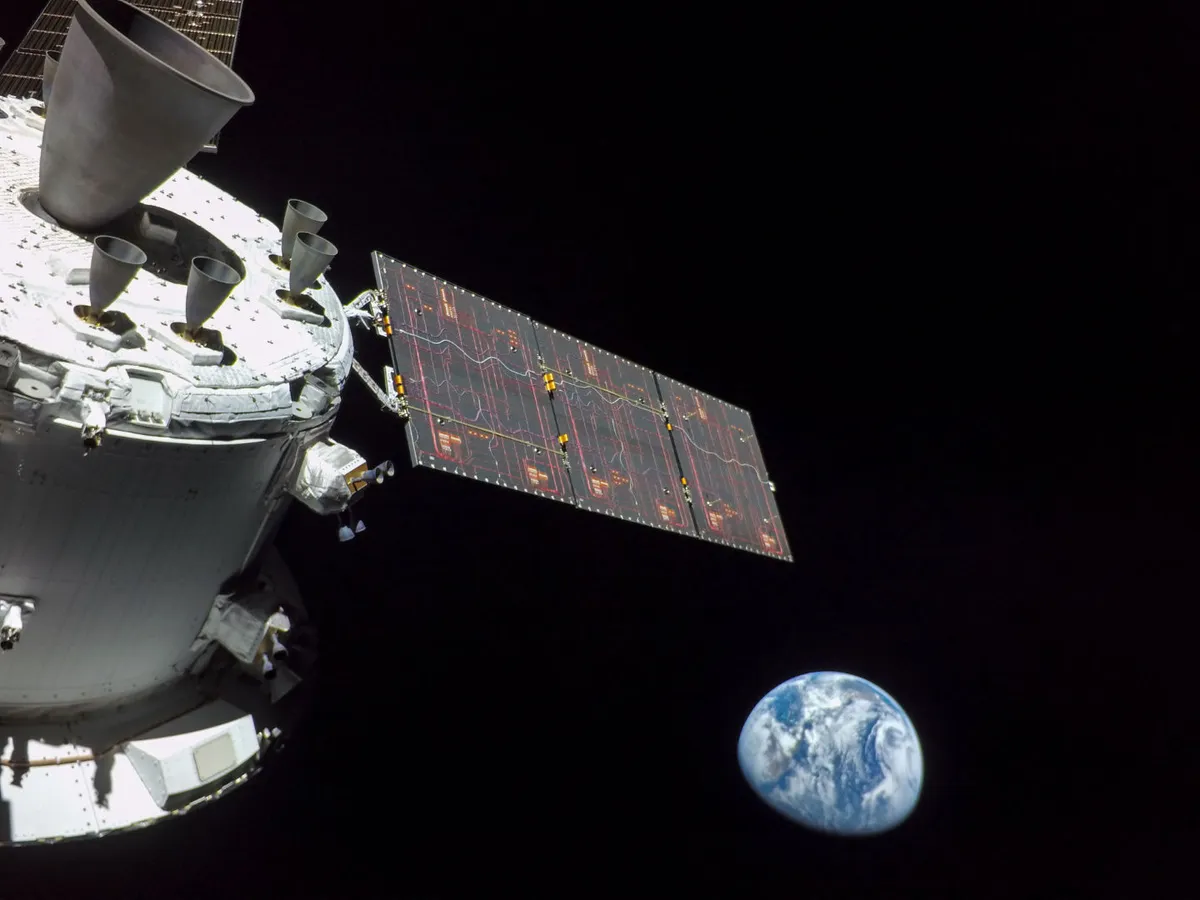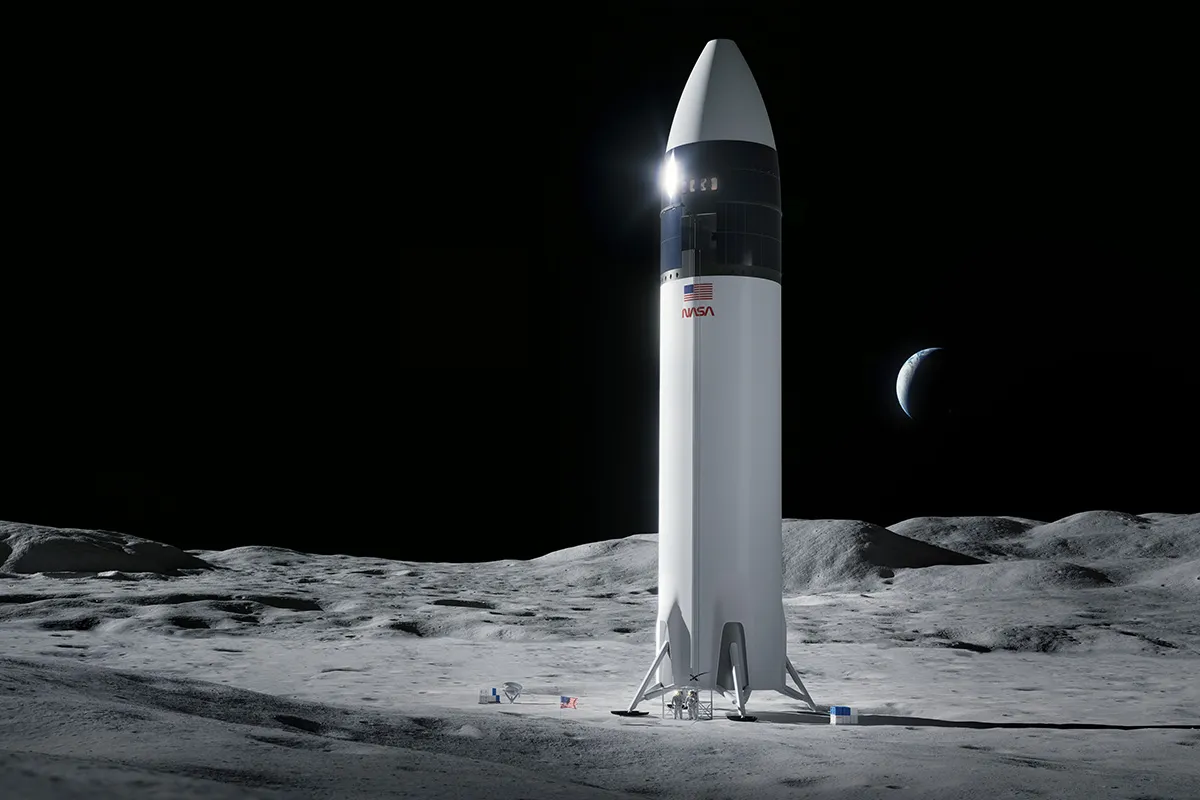NASA will not send astronauts back to the surface of the Moon until September 2026 at the latest, the agency says.
The next crewed mission that will fly astronauts around the Moon has also been pushed back to September 2025, NASA announced.
The changes to the scheduled missions in the Artemis moonlanding programme were announced this week.
Artemis Moon missions delayed

NASA's Artemis programme will see the first crewed missions to the Moon since the Apollo moon landings of the 1960s and 1970s.
With the uncrewed Artemis I flight having concluded at the tail-end of 2022, attention is now turning to Artemis II, which will see a crewed spaceflight around the Moon and back.
Artemis III will then put humans back on the lunar surface and see the first woman and first person of colour set foot on the Moon.
While Artemis II was due to launch in November 2024, that date has now been pushed back to September 2025, NASA says.
Artemis III, the mission to put human feet on the Moon, has been delayed until September 2026.

NASA made the announcement on Tuesday 9 January 2024, stating "Agency leaders are adjusting the schedules for Artemis II and Artemis III to allow teams to work through challenges associated with first-time developments, operations, and integration."
"We are returning to the Moon in a way we never have before, and the safety of our astronauts is NASA’s top priority as we prepare for future Artemis missions," says NASA Administrator Bill Nelson.
"We’ve learned a lot since Artemis I, and the success of these early missions relies on our commercial and international partnerships to further our reach and understanding of humanity’s place in our solar system.
"Artemis represents what we can accomplish as a nation – and as a global coalition. When we set our sights on what is hard, together, we can achieve what is great."
Crew safety

NASA cited "crew safety" as the primary reason for the changes to the Artemis II schedule.
Artemis II will be the first crewed flight of the Orion spacecraft, which is servicing the Artemis programme, and that mission is tasked with testing environmental control and life support systems.
The agency's investigation into loss of char layer pieces from the Orion spacecraft's heat shield during Artemis I is expected to conclude in spring 2024.
And the change in the Artemis II schedule has meant a change in the Artemis III schedule to land humans on the Moon.

This "ensures the agency can incorporate lessons learned from Artemis II into the next mission, and acknowledges development challenges experienced by NASA’s industry partners," NASA said.
"We are letting the hardware talk to us so that crew safety drives our decision-making. We will use the Artemis II flight test, and each flight that follows, to reduce risk for future Moon missions," says Catherine Koerner, associate administrator, Exploration Systems Development Mission Directorate at NASA Headquarters in Washington.
"We are resolving challenges associated with first-time capabilities and operations, and we are closer than ever to establishing sustained exploration of Earth’s nearest neighbor under Artemis."
Lunar Gateway changes

NASA is also considering amending the schedule for the launch of the first integrated elements of Lunar Gateway, its planned space station in orbit around the Moon.
The launch of the first segments was initially planned for October 2025, but this will likely be pushed back to allow for more development time ahead of the Artemis IV mission to the Lunar Gateway in 2028.
"Artemis is a long-term exploration campaign to conduct science at the Moon with astronauts and prepare for future human missions to Mars.
"That means we must get it right as we develop and fly our foundational systems so that we can safely carry out these missions," says Amit Kshatriya, deputy associate administrator of Exploration Systems Development, manager of NASA’s Moon to Mars Program Office.
"Crew safety is and will remain our number one priority."
What do you think about NASA's Artemis programme to return to the Moon? Let us know by emailing contactus@skyatnightmagazine.com

